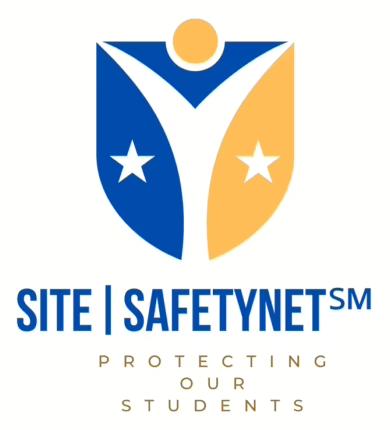 By Robert Jordan
By Robert JordanDrones in Schools: A New Approach to Active Shooter Prevention. Highland Park Independent School District (HPISD) in Texas is exploring an innovative solution to enhance school safety: drones designed to confront active shooters. This cutting-edge technology, developed by Austin-based startup Campus Guardian Angels, could redefine how schools prepare for worst-case scenarios.
At a recent demonstration in an HPISD elementary school, Campus Guardian Angels showcased drones capable of navigating hallways and stairs, deploying pepper spray or flashbangs, breaking windows, or even colliding with an attacker to neutralize a threat. Controlled remotely by pilots at the company’s headquarters, these drones are designed to respond rapidly—activated by a teacher’s app or panic button, they can locate a shooter within 15 seconds and incapacitate them within a minute.
“Our goal is to provide immediate situational awareness and response,” said Justin Marston, CEO of Campus Guardian Angels. “The drones act like close air support, giving schools a layer of protection until law enforcement arrives.” HPISD Police Chief Mark Rowden was impressed, noting that the drones’ cameras allow responders to assess threats from a safe distance, a critical advantage in high-stakes situations.
The push for such technology comes in the wake of tragedies like the Robb Elementary School shooting and the requirements of Texas House Bill 3 (HB 3), which mandates armed security in all K-12 schools. However, with funding falling short—$15,000 per campus and $10 per student—many districts struggle to comply. Over half of Texas schools have sought exemptions from HB 3’s armed guard requirement, citing costs.
Campus Guardian Angels offers a cost-effective alternative. A set of six drones costs $15,000, plus $4 per student monthly, with each drone lasting about five years. While not replacing armed guards, drones provide an affordable option for districts facing budget constraints. “They’re like police dogs, but harder to stop,” Marston told a Texas Senate committee, emphasizing their ability to delay or disable a shooter until help arrives.
Tested in Florida and Boerne ISD near San Antonio, the drones have shown promise. Boerne’s Security Chief Rick Goodrich highlighted their value, especially for districts where a single officer may cover multiple campuses. “Drones buy time,” he said, “and in an emergency, every second counts.”
At SITE|SAFETYNET℠, innovation is key to protecting our communities. While drones alone won’t solve every challenge, they represent a bold step toward safer schools. As HPISD considers this technology, the conversation around school safety is evolving—and we’re committed to keeping you informed every step of the way.
Learn more about emerging safety solutions at SITE|SAFETYNET℠.

